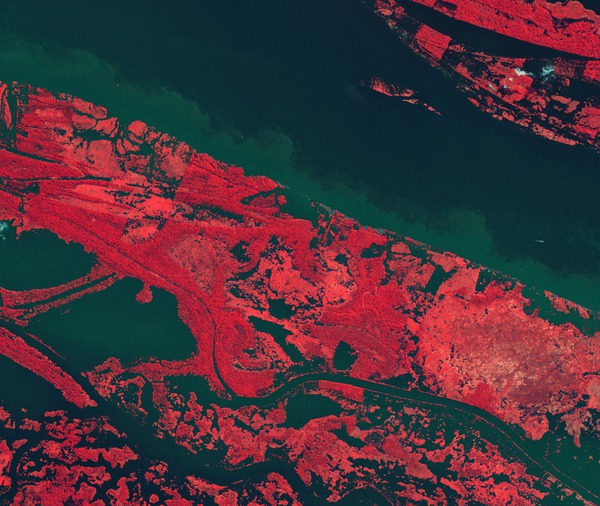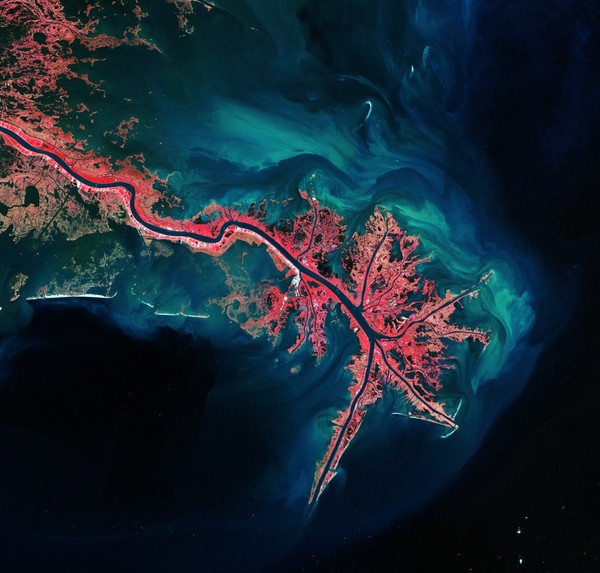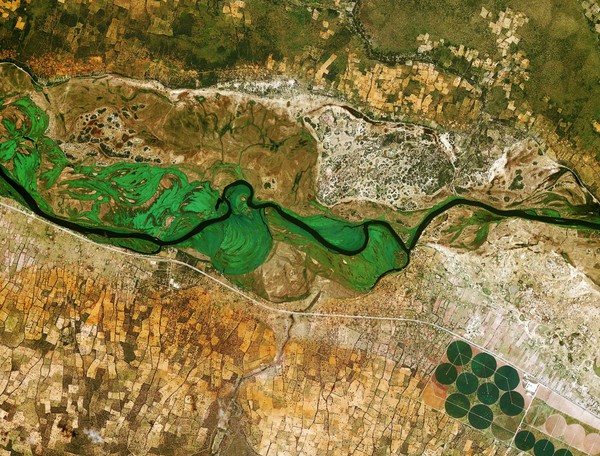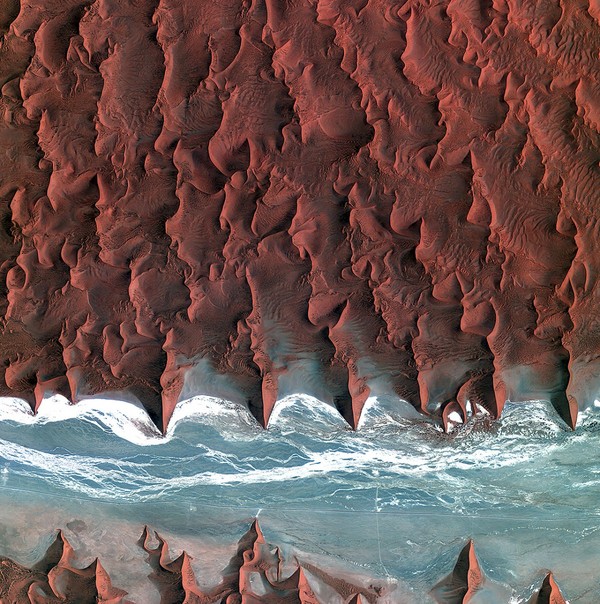The images captured by the Envisat satellite have given us a new perspective on the planet.
The European Space Agency recently released charming images of Earth captured by the world’s largest space shuttle or the Envisat observation satellite.
Since 2002, the Envisat satellite has been tasked with circling the earth, gathering valuable information on the environment as well as on ongoing climate change around the world. However, the Envisat satellite suddenly disappeared in April 2012. During its 10 years of operation, the satellite has rotated around 50,000 Earth’s orbit and returned over 2,000 photos.
Satellite images sent to the center gave researchers amazing images of Earth, from the Sahara desert to the volcano in the Congo … from a perspective we’ve never seen Already seen.
The image of the cloud sweeping the North Sea was recorded by the Envisat satellite. Denmark is crouched in the lower right corner and Norway is in the center of the image.

 The Envisat satellite sent an image of the Yellow River flowing into the Yellow Sea in China.
The Envisat satellite sent an image of the Yellow River flowing into the Yellow Sea in China.
 This Okavango River which runs from Angola to Botswana marks the border between Namibia and Angola.
This Okavango River which runs from Angola to Botswana marks the border between Namibia and Angola. It is a plateau located in the central region of Anatolia, Turkey. Tuz Lake – Turkey’s second largest lake is in the left corner of the photo. During the summer, the lake water recedes to reveal a thick layer of salt.
It is a plateau located in the central region of Anatolia, Turkey. Tuz Lake – Turkey’s second largest lake is in the left corner of the photo. During the summer, the lake water recedes to reveal a thick layer of salt. The Kimberley region in Western Australia was captured by the Envisat satellite. In the lower left corner is an image of the Rowley Shoals Reefs and the upper right corner is Lake Argyle – Australia’s largest man-made lake.
The Kimberley region in Western Australia was captured by the Envisat satellite. In the lower left corner is an image of the Rowley Shoals Reefs and the upper right corner is Lake Argyle – Australia’s largest man-made lake. It’s a rare image that Envisat captured when Ireland, England and France all came together in a single image without being obscured by clouds. Blue and brown eddies are sedimentary rocks.
It’s a rare image that Envisat captured when Ireland, England and France all came together in a single image without being obscured by clouds. Blue and brown eddies are sedimentary rocks.






